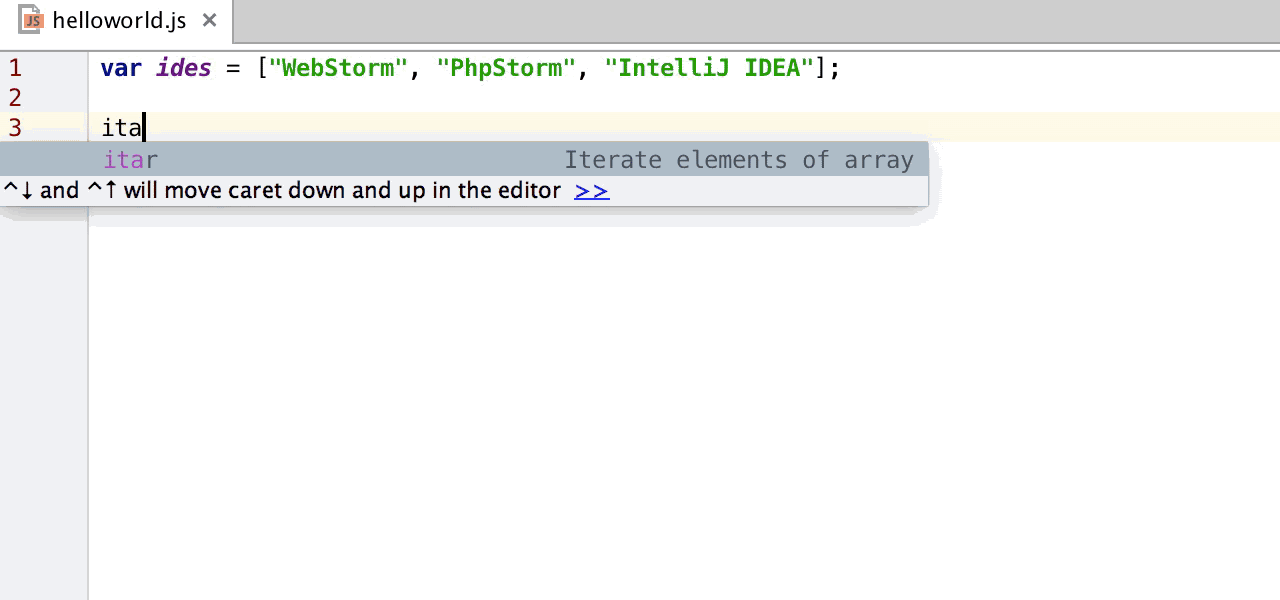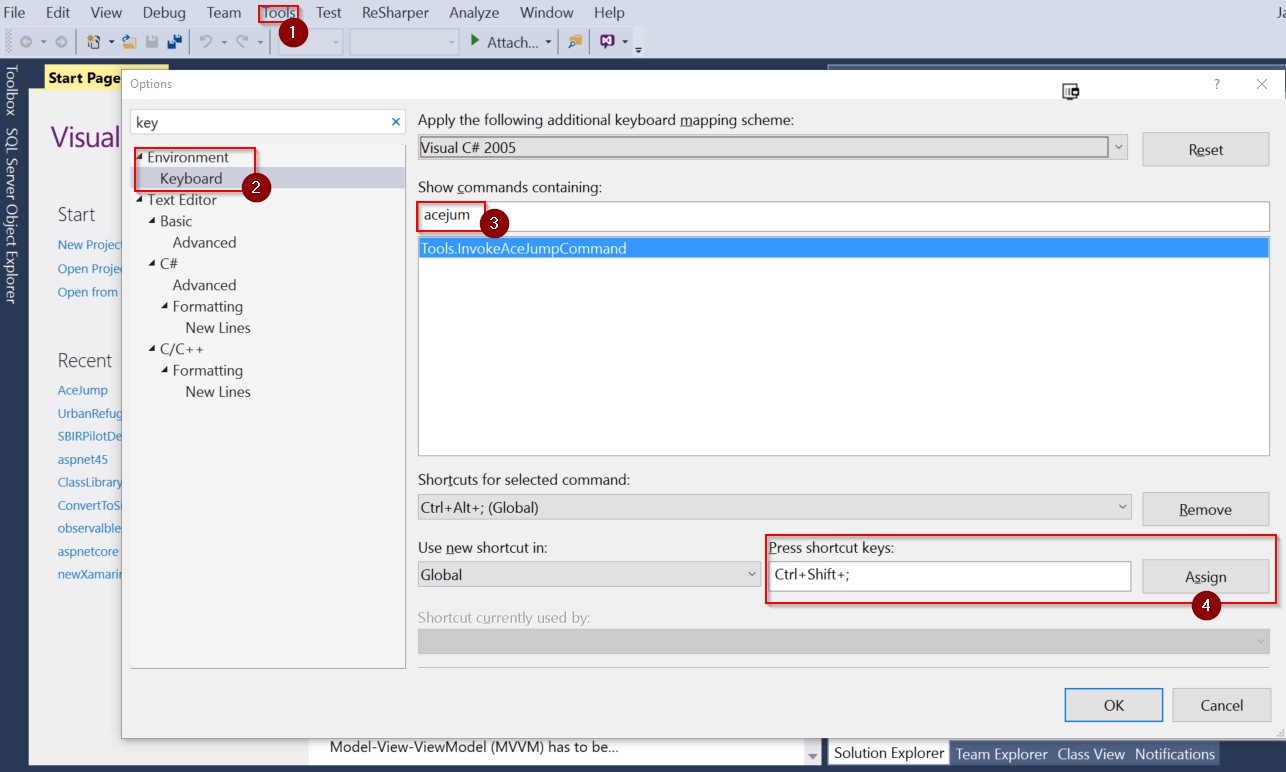

Coding assistance for JavaScript and TypeScript.On the other hand, WebStorm provides the following key features: As it does for Hack, Nuclide supports Flow-specific decorations and editor features in files. For both local and remote JavaScript development, Flow has brought type integrity and the ability to quickly refactor our React components and apps. We're also excited that the growing Hack community outside the company will be able to enjoy dedicated IDE support. First-class Hack support - including syntax highlighting, type-checking, autocomplete, and click-to-symbol features - has been an important requirement on Nuclide from the start. The Hack codebase is one of the largest at Facebook. Of course, this also works for VMs, enabling local development on HHVM, for example. Nuclide provides a pair of packages that allow connections over SSH to a lightweight node daemon on the server, making possible remote file editing and syntax/type validation.

At Facebook, our web and back-end engineers work on remote development servers in our data centers. Some of the features offered by Nuclide are: Nuclide and WebStorm can be categorized as "Integrated Development Environment" tools. WebStorm is a lightweight and intelligent IDE for front-end development and server-side JavaScript. What is WebStorm? The smartest JavaScript IDE. A unified developer experience for web and mobile development, built as a suite of packages on top of Atom to provide hackability and the support of an active community. What is Nuclide? An open IDE for web and native mobile development, built on top of Atom (by Facebook). Nuclide vs WebStorm: What are the differences?


 0 kommentar(er)
0 kommentar(er)
